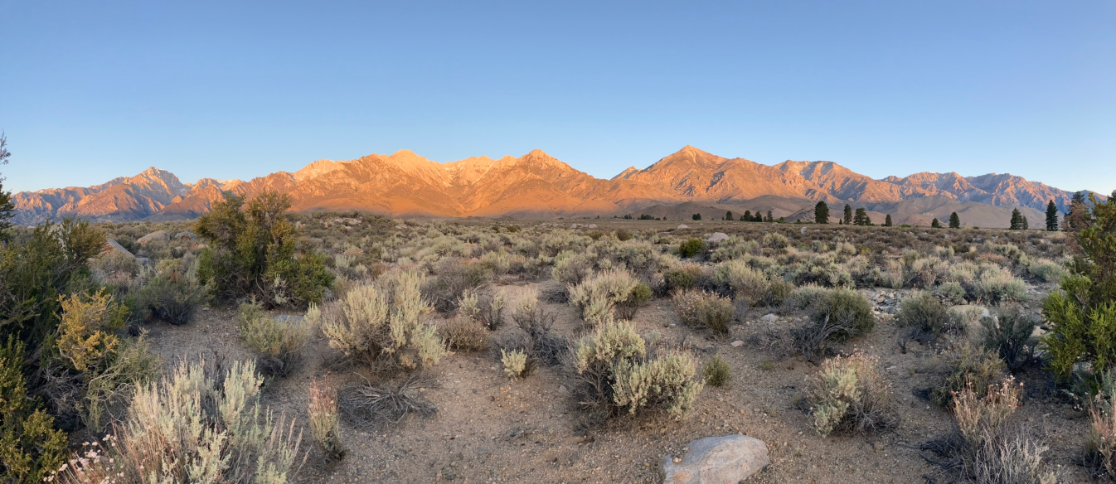Lazdigo Buntings
/We all know and love Lazuli Buntings, with their brilliant blue hue and sweet, warbler-y song. When I hear my first Lazuli of the season, my first thought is almost always: “wait, what’s THAT warbler??” And then it hits me: of course, it’s a Laz! But now, let’s introduce more confusion, a very close relative to our beloved Lazuli: the Indigo Bunting. Not that this species is anything new, especially to those of us who have ever lived in the eastern United States - these guys can be THE most common songbird in some overgrown fields. They are continuing to expand their breeding range, westward and northward. The species’ distribution during the breeding season roughly encompasses the entire eastern United States, north to very southern Canada and west to the Mississippi River, though they do hop over the river a bit, and there is a spur cutting from northeastern Nebraska southwest through Colorado; encompassing New Mexico, Arizona, southern Utah, and more recently southern Nevada.
Every year it seems I see more and more Indigo Buntings here, to the point where I no longer feel as confident identifying Buntings that I only hear singing and do not see. I have now had this experience several times: I hear a Bunting song, the notes seem very paired, and relatively slow for a Laz. So naturally, I start thinking Indigo, and I spend up to an hour tracking these birds down ... and what do I find but a beautiful rosy-chested, white-wing-barred, brilliant-electric-blue-male Lazuli Bunting. After accepting that some bunting songs just cannot be confidently identified without a visual, “unknown Bunting” has become a regular on my checklists.
In search of the elusive Lazdigo Bunting ... Success!
Lazuli Bunting, Ned Bohman
Both buntings prefer to breed in edge habitat; often in riparian areas, and prefer to nest low in shrubs. They both eat seeds and fruits throughout the year with an increase in arthropod consumption during breeding season. They both forage from ground level up to 15 meters off the ground. Both sing conspicuously from the tops of shrubs such as willows, and commonly produce 2 broods per season. Essentially these two species occupy very similar ecological niches and they coexist largely because they are separated by range. There is only a small amount of overlap in both breeding and winter ranges of the species currently, but this seems to be changing. Where their breeding ranges do overlap, hybrids occur. (Stay tuned for a future post on hybridization between these bunting species!)
This is one of the fun observations that result from birding the same locations time after time: there is always the opportunity to see and learn new things. Whether it is as simple as a new behavior for a species you are intimately familiar with, or spotting a rare vagrant during migration; whether you are confirming breeding of a secretive species, seeing a species for the first time, or seeing a new species at a particular location. But it doesn’t just afford these opportunities to observe new things, it also allows you to track changes as they occur on the landscape over time … like our Indigo Buntings becoming more common in Nevada. I consider us lucky to be in a part of the world where both of these beautiful birds occur!



